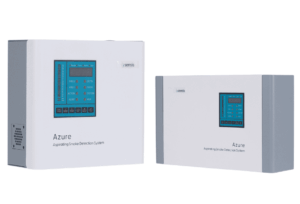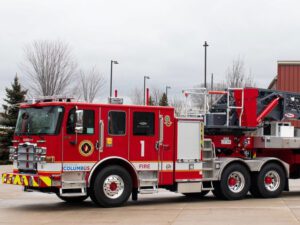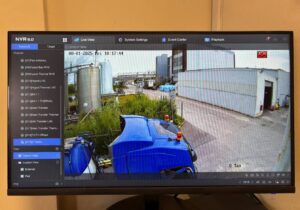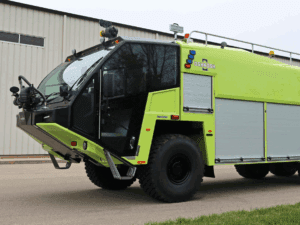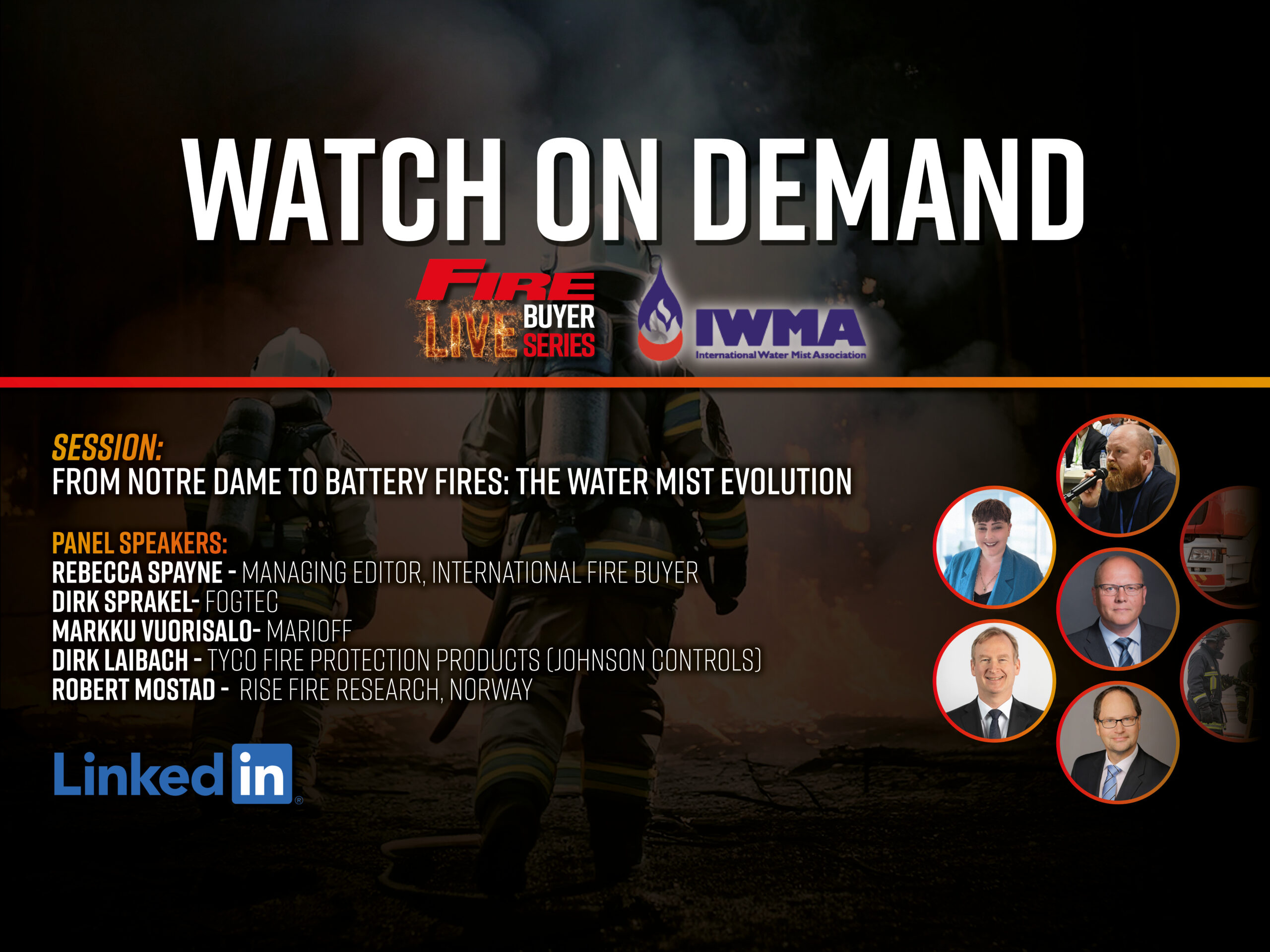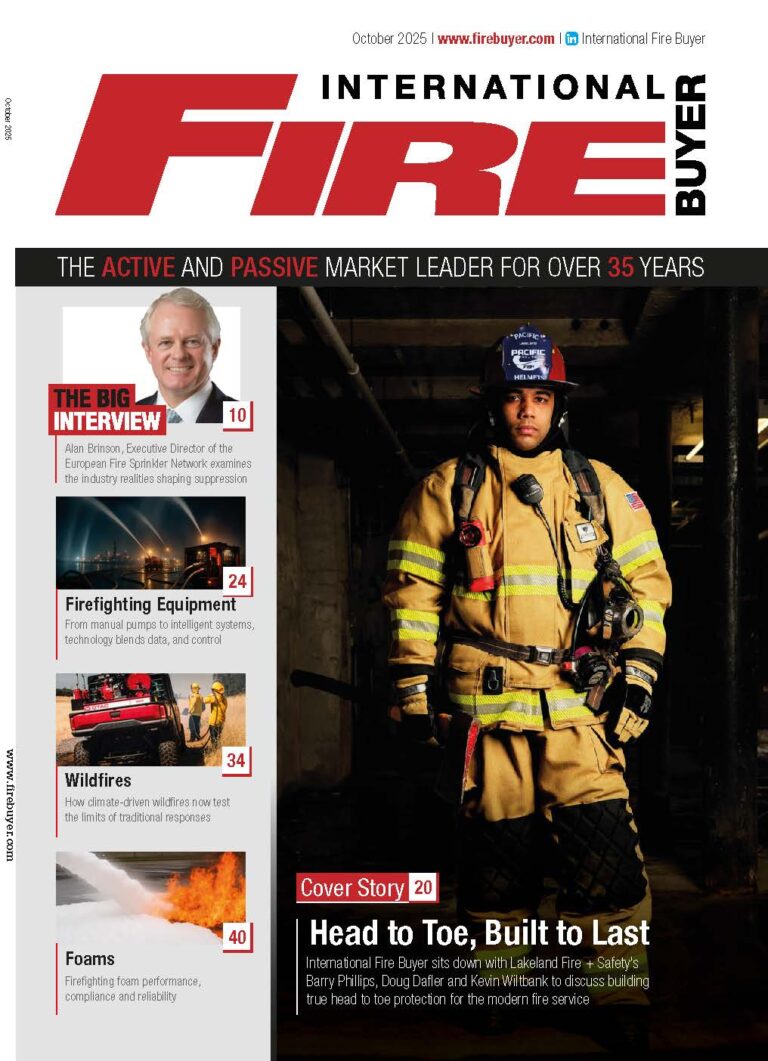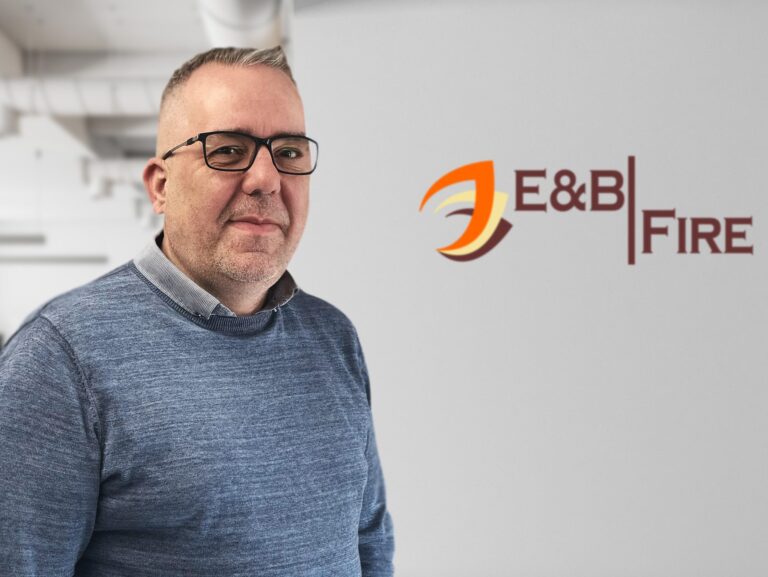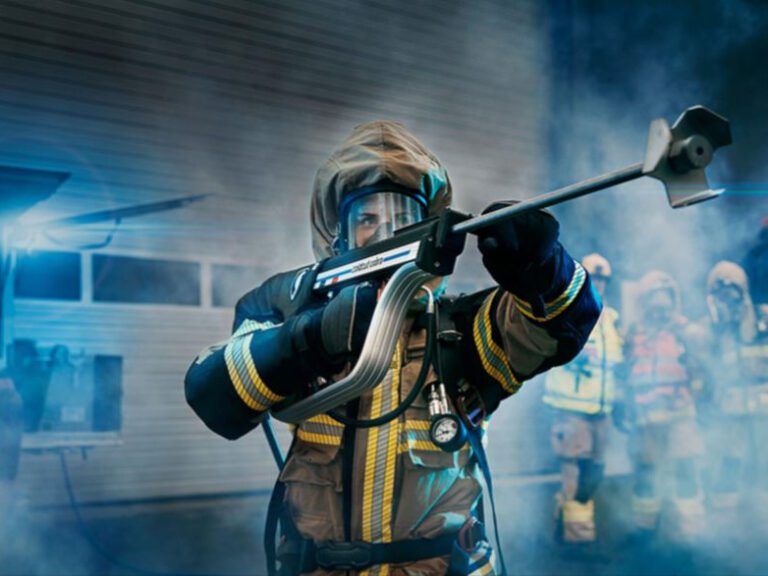With a new European fire testing standard for building cladding set to take effect in January 2026, the Danish Institute of Fire and Security Technology (DBI) is encouraging manufacturers to begin implementing its methods now.
The revised standard replaces subjective visual assessments with objective temperature-based criteria to determine a pass or fail result.
DBI argues that this shift will ensure “uniform safety levels” across countries, remove the ambiguity of current methods, and eliminate discrepancies between testing laboratories.
The change is especially significant for materials such as plasterboards, wall panels, and ceiling systems, which are currently evaluated by how they protect underlying substrates during fire exposure.
Under the existing approach, test results often depend on whether visual assessors agree that substrate materials, such as particleboard, have been charred—a judgement that can vary between laboratories.
The new standard instead uses precise temperature thresholds to assess performance, with sensors placed at designated points during testing.
Jeanne B. Kirk, Resistance to Fire Engineer at DBI, explained: “It’s about getting data sets that show how the material actually performs. If the temperature exceeds the limit, it automatically fails. This makes the conclusion much more objective.”
Alongside greater consistency, the standard will also give manufacturers more flexibility. It allows testing against three standard substrates—EPS (expanded polystyrene), low-density insulation materials, and particleboard—which can apply to a wide range of application areas.
This reduces the need for repeated testing. For example, manufacturers that previously conducted individual tests for each substrate type—such as cellulose, PIR, or PUR—will be able to use EPS as a representative base material.
The standard also permits testing cladding systems in wall-mounted configurations and opens opportunities for incorporating bio-based materials into construction.
DBI, which contributed to the development of the standard over a seven-year period, is urging manufacturers to begin transitioning immediately. Fire tests typically require several months to plan, making early adoption a practical step.
“When you plan a fire test, it typically takes several months,” Kirk added. “So, if you start now, you’ll be ready when the standard comes into effect. And you already know what you need to test for.”


